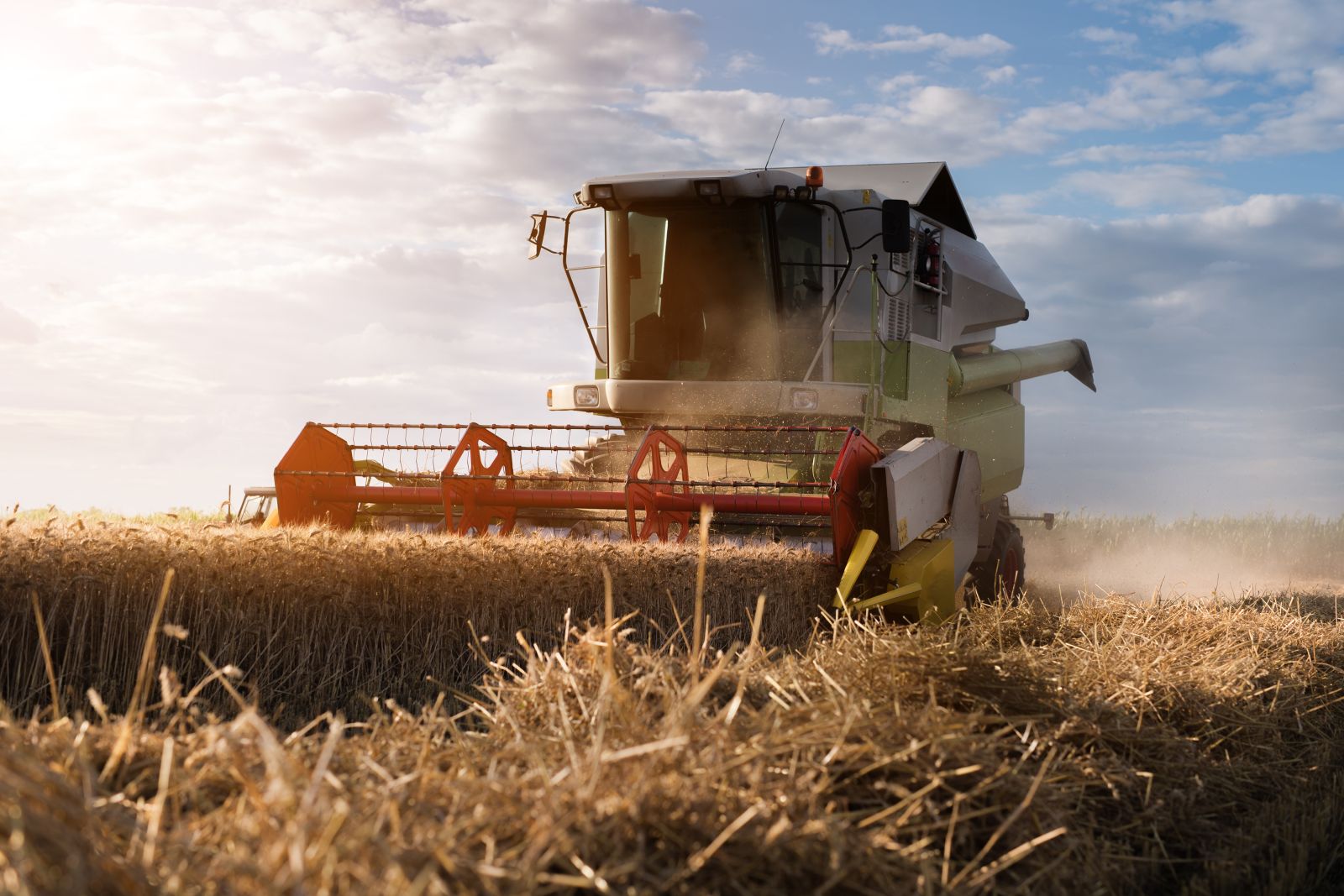
A composite of grain futures moved 4.24% higher in Q3 but remained 9% lower than the 2023 closing level as of September 30, 2024. Oats led the way on the upside, with gains in corn and CBOT and MGE wheat futures. Soybeans, KCBT wheat, rough rice, soybean meal, and oil futures moved lower.
In my Q2 Barchart report on the grains, I concluded:
Grain and oilseed prices have declined to levels where crop issues could cause sudden rallies. It is impossible to pick bottoms in any market, as bearish trends can take prices to illogical, unreasonable, and irrational levels. However, the technical price resistance levels have declined with prices since the 2022 highs. The lower prices fall, the higher the odds of sudden recovery rallies, as we witnessed in CBOT wheat futures in Q2, which took prices to over $7 per bushel before correcting. The bottom line is that grain and oilseed markets offer value at current price levels, which will only increase at lower levels over the coming weeks and months.
Prices remain under pressure throughout Q3 but closed with mixed performance across the sector’s futures contracts.
Corn, CBOT and MGE Wheat prices increase
CBOT corn futures rose 6.92% in Q3 but were 9.87% lower over the first nine months of 2024.

The monthly chart highlights that nearby corn futures settled at $4.2475 per bushel on September 30. The futures were lower in early October.
CBOT wheat futures moved 5.51% higher in Q3 but were 7% lower over the first nine months of 2024.

The monthly CBOT wheat chart shows the price of nearby futures settled Q3 at $5.84 per bushel. The price rose above $6 in early October before retreating.
MGE wheat prices edged 1.14% higher in Q3 and were 14.28% lower since the end of 2023, settling at $6.20 per bushel on September 30. The price was higher in early October.
Declines in soybean and soybean product futures
CBOT soybean futures continued to decline in Q3, posting an 8.13% drop, with the price 18.28% lower over the first three quarters of this year.

The monthly chart illustrates that nearby soybean futures settled Q3 at $10.57 per bushel and was lower in early October.
Soybean products also fell in Q3, with soybean meal futures dropping 4.49% and soybean oil futures edging 0.59% lower. Meal and oil were 10.80% and 9.05% lower over the first nine months of 2024. The products outperformed the raw soybeans, sending the crush spread higher in Q3 and since the end of 2023.
Oats lead the way on the upside
Oats were the star performer in the grain sector, posting a 26.72% Q3 gain. However, oats only edged 1.75% higher over the first nine months of 2024.

The monthly chart highlights the volatility in the oat futures arena, which dropped to near $3 per bushel and recovered to close Q3 at $3.9250. While oats posted a substantial gain, the trend remains bearish, with prices lower in early October.
Lower prices for KCBT wheat and rough rice futures
KCBT hard red winter wheat futures edged 0.64% lower in Q3 and were down 9.07% over the first nine months of 2024. KCBT wheat futures settled Q3 at $5.8375 per bushel. The KCBT premium over the CBOT soft red winter wheat futures evaporated in Q3, shifting from a premium of the KCBT wheat over the CBOT wheat to a slight discount on September 30. Since many bread U.S. manufacturer’s price requirements use the KCBT futures, the discount reflects abundant supplies and/or falling demand.
Finally, rough rice futures dropped 9.84% in Q3 and were 11.62% lower than the 2023 closing level on September 30. The rice futures settled at 15.275 per hundredweight and were slightly lower in early Q4.
Signs of bottoms as the market moves past the 2024 crop year
Grain prices rose to multiyear and, in some cases, all-time highs in 2022 before turning lower. Ample supplies during the recent crop years have pushed prices substantially lower. Meanwhile, Russia and Ukraine remain Europe’s breadbasket, and the ongoing war poses supply and logistical challenges. Moreover, low prices in 2024 could curtail production in the U.S. and other countries as farmers face higher output costs and lower market prices.
Commodity prices are cyclical. They rise to levels where production increases, inventories grow, and consumer demand declines. They fall to levels where production declines, inventories contract, and consumer demand increases. As the markets head towards 2025 and a new crop year. As the markets finish the 2024 harvest and head for the 2025 crop year, the cure for the current low price levels could be those low prices. I believe grain and oilseed market prices have limited downside and significant upside potential. Worldwide demand continues to grow, with the over eight billion global population. The uncertainty of the weather conditions in the critical growing regions and the ongoing conflict in Ukraine could cause prices to recover, perhaps dramatically, in the future. I favor long risk positions at the current price levels, leaving room to add on further declines.
On the date of publication, Andrew Hecht did not have (either directly or indirectly) positions in any of the securities mentioned in this article. All information and data in this article is solely for informational purposes. For more information please view the Barchart Disclosure Policy here.






